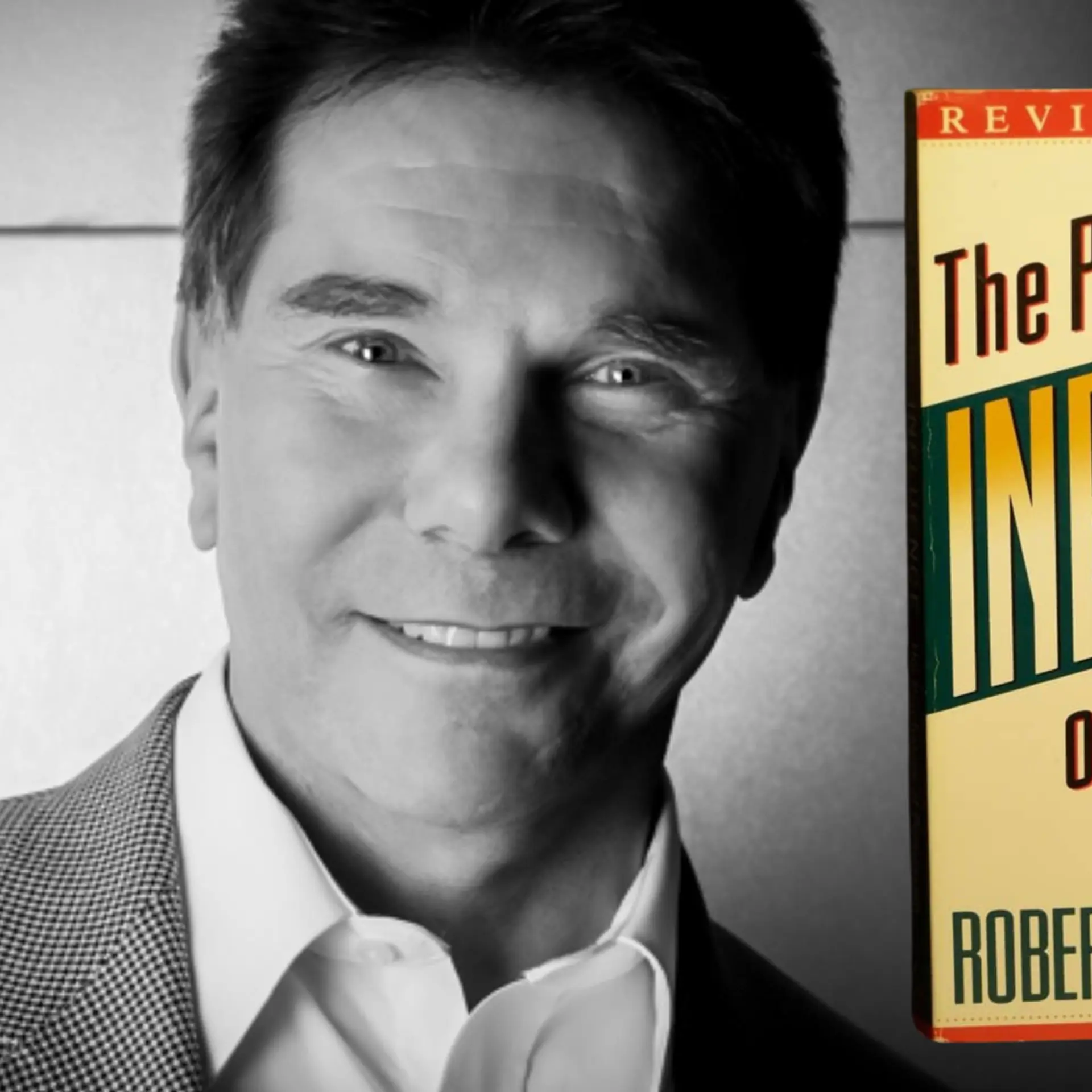How Tier 2 towns are making digital EMIs the next big growth opportunity for Indian ecommerce
As ecommerce players look to expand their customer base deeper into India, the one medium that’s giving them a boost is the digital EMI.

Traditionally, equated monthly instalments have been used to buy big-ticket items, but high interest rates have made buyers wary of them. However, ecommerce biggies – keen to are expand to newer geographies across India – are now popularising digital EMIs, which, along with easy finance, now offer benefits such as quick approval, discounts, deals, cashbacks, and instant checkouts.
RedSeer estimates the total use of EMI as a percentage of the overall online commerce GMV at 7-9 percent, and the use of no-cost EMI as a percentage of overall GMV at 1-2 percent for the last quarter of 2017. But the consulting firm expects this number to have increased significantly in the last one year.
Ujjwal Chaudhry, Analyst at RedSeer, says online commerce sites have now become a common platform for digital EMIs. They offer digital EMI schemes, along with no-cost options, on debit cards, which have a higher penetration as compared to credit cards.
A February 2018 report by Boston Consultancy Group on ‘Digital Consumer Spending in India’ revealed that 9 percent of total non-metro online shoppers found easy EMIs a strong trigger for purchase.
Smaller towns – Tier II and Tier III – are the biggest beneficiaries of this product. Not surprising considering that smaller towns are now driving the growth of ecommerce in India, on the back of growing internet and smartphone penetration, and rising income levels.
Companies riding the digital EMI wave include Bajaj Finserv, Capital First, ZestMoney Snapmint, Kissht, and PayU Monedo. Apart from this, there are players like MoneyTap, which offers an app-based credit line, and PaySense, which focuses on short-term personal loans. Meanwhile, e-tail giant Amazon has introduced its own digital EMI scheme.
Small towns warm up to digital EMIS
Ujjwal says small-town customers have experienced EMI services from offline channels as well, which makes adoption easier. The added benefits and discounts offered with EMIs further sweeten the deal.
“Popular offline no-cost EMI players such as Bajaj Finserv and Capital First already have a huge customer base in smaller cities and towns. On-boarding these players has allowed online retailers access to this huge customer base, and allowed them to gain customer confidence in smaller cities,” he says.
Online retail giant Amazon, after three successful Great Indian Festival sales in October and the first week of November this year, said close to 70 percent of its EMI customers came from Tier II cities and beyond.
Focusing on new-to-credit customers
So, what is making digital EMIs so popular?
Lizzie Chapman, Co-founder and CEO of ZestMoney, explains. “The first wave for disruption for Indian online commerce was COD (Cash-on-Delivery). Then came demonetisation, when we saw a digital transformation in terms of payments. The third wave is affordability, which is powered by credit. Credit with commerce makes products affordable and gives them a mass market by allowing people to spread the product cost across a period of time, with no extra charges.”

She adds that only 50 million individuals in the country use credit normally. But the fact that India has more than 900 million bank accounts, and combined with the ability of these platforms to underwrite newer sets of data, digital platforms now have the confidence to disburse loans to new-to-credit customers.
Vikas Bansal, Director, Emerging Payments, Amazon Pay, says, “The number of customers who have credit cards is in India very low, leading to a large unserved, credit-starved customer base. There are a large number of customers seeking opportunities to get credit and manage their high value purchases.”
“Culturally, Indian customers are averse to credit. Even customers with access to credit are not usually open to the additional costs they have to bear in terms of interest rates. This is where products like ‘no-cost EMIs’ come in, solving credit needs and lowering the cost of EMIs,” Vikas adds.
EMI-led sales on a high
The narrative may be about affordability for customers, but for ecommerce platforms it is all about the sales credit products like digital EMIs can drive.
“What matters to ecommerce players is reaching the next million customers. If they want to penetrate the market, they will have to solve for affordability. Further, this is a better option than giving mindless discounts. The problem is acute, and commerce players are rushing towards solving for this opportunity,” Lizzie says.
Ecommerce platforms are focusing on introducing newer products through various partnerships. This is despite having to - along with the manufacturers - absorb costs for certain segments like “no-cost EMIs”.
Vikas explains. “2018 has been a banner year enhancement of financing options for Amazon’s customers. We introduced no-cost EMIs on debit card EMIs, launched Amazon Pay EMI for new-to-credit customers with no-cost EMI options, and also enabled no-cost EMIs on multi-item orders. Last year, there were a few thousand products available on no-cost EMIs; Amazon now offers no-cost EMIs on over 5 crore products.”
EMI sales grew two-fold over last year and 12-fold over an average business day for Amazon during the Great Indian Festival sales. Three of four customers who used the EMI option during these sales on Amazon availed the no-cost EMI benefit. In terms of outreach, Amazon Pay EMI claims its programme, which targets new-to-credit customers, has already disbursed more than Rs 250 crore in loans, within a month of launch.
Vikas says: “More than Rs 300 crore worth of credit (EMI) was used by customers in little over 24 hours of the sale opening. No-cost EMI has helped us reach lower tier cities in a big way. This Great Indian Festival, over 70 percent of our EMI customers were from Tier II and III cities, and beyond.”
Even Paytm Mall claims to have witnessed exponential growth in orders through digital EMIs this festive season, claiming as much as 5X growth in EMI-led sales. The ecommerce brand has also seen maximum uptake for EMIs from Tier II cities, followed by Tier I.
A spokesperson from Paytm said, “At present, we are working closely with lending partners and banks to create affordable offerings for our customers. These are tailored specifically to various product categories.”
YourStory could not ascertain the growth of digital EMIs on Flipkart, as the company denied access to their numbers.
The way ahead
Digital EMI platforms like Capital Float and Zestmoney make revenues from a commission model from ecommerce companies, or banks and NBFCs from where they procure capital.
The growth of this lending segment seems promising, but new-age players seem to be facing competition from banks due to the introduction of newer products like digital card EMIs.
According to Reserve Bank of India (RBI), India had close to 990 million debit cards in October, this year. Banks also seem to have an unfair advantage over new-age lenders as they have customer data handy and have low costs of procuring capital.
However, Lizzie refutes this. “Majorly, banks like low-risk customers, so their risk capital has to go up to cater to such segments. It isn’t as big a base as it looks since most of them give loans only to customers with a saving bank account. Also, owing to tight risk controls, these customers need to have an account with the bank for a considerable time to fit the risk appetite.”
What are the other challenges?
Gaurav Hinduja, Co-founder of Capital Float, says it isn’t easy to build the technology backend for user experience, especially when one is competing with instant products like credit cards.
“When one integrates with various partners, the tech integration needs to be seamless to ensure a good customer experience. At the point of checkout, there isn’t much time to underwrite so you have to be fast, assessing complicated sets of data to deliver the loan and reach economies of scale.”
A year since their foray into consumer finance, Capital Float has been adding 30,000 new digital EMI customers every month.
But there has recently been a liquidity crunch in the NBFC market following the Mumbai-headquartered IL&FS defaults. Will that pull the brakes on the digital EMI journey?
Gaurav says, “Digital lenders reliant on one or two NBFC partners might face difficulties. However, on an industry level, players will not grow aggressively. Also, most profitable products and segments will be a focus, with an overall slowdown in terms of growth. A reduction in ticket sizes is expected along with increase in interest rates.”
The question that looms large now is what will happen to credit cards?
Lizzie remarks, “They might get increasingly irrelevant and might be used majorly for lounge accesses and the loyalty schemes they offer. Nonetheless, they will be an expensive option for customers.”







